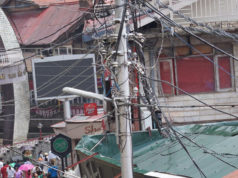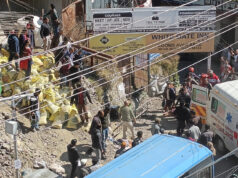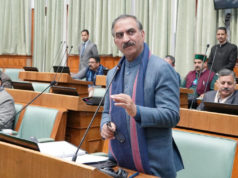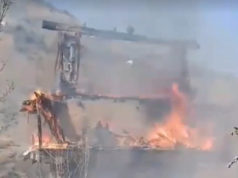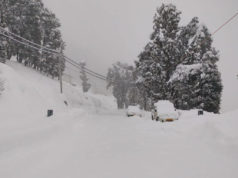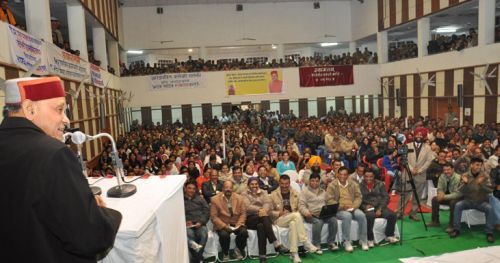Shimla, renowned for its picturesque landscapes, finds itself grappling with the aftermath of a devastating bout of heavy rains. In the wake of this natural catastrophe, Chief Secretary Prabodh Saxena spearheaded a crucial meeting aimed at dissecting the preliminary assessment of the havoc wreaked by the downpour. The session, attended by a specialized team entrusted with evaluating the causes behind the extensive damage in the state capital, shed light on key contributors to the disaster. Among the standout factors were the reckless disposal of debris along the fragile slopes, an ill-conceived drainage system, and unscientific hillside excavations.
Eyes widen at the revelation that August showered Shimla with a whopping 552.1 mm of excess rainfall, dwarfing the 514.30 mm recorded during the same period in the previous year. In the face of this alarming data, Chief Secretary Saxena issued a clarion call for immediate and strategic action to curtail the looming threat of future disasters. Central to this charge is the indispensable need for methodically planned constructions equipped with efficient drainage systems. Pointing fingers at unplanned building practices and the obstruction of natural water pathways due to clogged drains, the Chief Secretary underscored their role as primary catalysts for the widespread destruction. He urged the implementation of proper drainage systems and the conscientious disposal of construction-generated debris.
However, the Chief Secretary’s clarion call reached beyond mere damage control. He pressed for an exhaustive assessment of disaster-prone areas across the state, coupled with an unyielding commitment to adopting and rigorously enforcing the Model Building Rules across both urban and rural domains. This, he believed, would provide the scaffolding for a more secure and resilient infrastructure. During the meeting, discussions ventured into the realm of secure rural construction practices, the imperative of regulating structures near rivulets and waterways, and the establishment of construction parameters on steep gradients.


